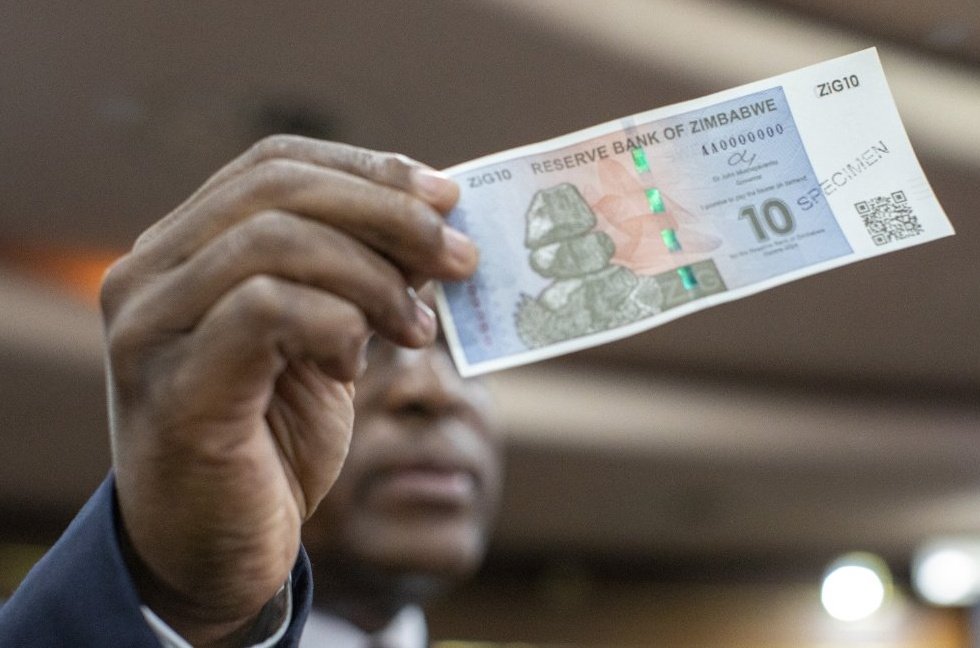Africa
Zimbabwe Launches New Gold-Backed Currency ZiG To Replace Dollar
It is the latest attempt to stabilise an economy that has lurched from crisis to crisis for the past 25 years.

Kenya Insights allows guest blogging, if you want to be published on Kenya’s most authoritative and accurate blog, have an expose, news TIPS, story angles, human interest stories, drop us an email on [email protected] or via Telegram
-

 Business2 weeks ago
Business2 weeks agoHackers Breach Equity Bank, Sh179M Stolen From Customers Accounts
-

 News1 week ago
News1 week agoKRA Now Seeks To Know Source Of Income From Purchases
-

 News3 days ago
News3 days agoVictoria Rubadiri Quits Citizen TV
-

 Business5 days ago
Business5 days agoTroubled Equity Bank Fires Executives Amid Loan Fraud Scandal In Tanzania
-

 Entertainment3 days ago
Entertainment3 days agoOparanya’s Mpango Wa Kando Exposes Him Online
-

 News2 weeks ago
News2 weeks agoKenyan Executive Dragged In A Multibillion Bank Heist
-

 News2 days ago
News2 days agoCOAST: Rising Insecurity Linked To Mombasa Cement’s Free Food Donations
-

 News4 days ago
News4 days agoFormer IEBC Chairman Wafula Chebukati Hospitalized













